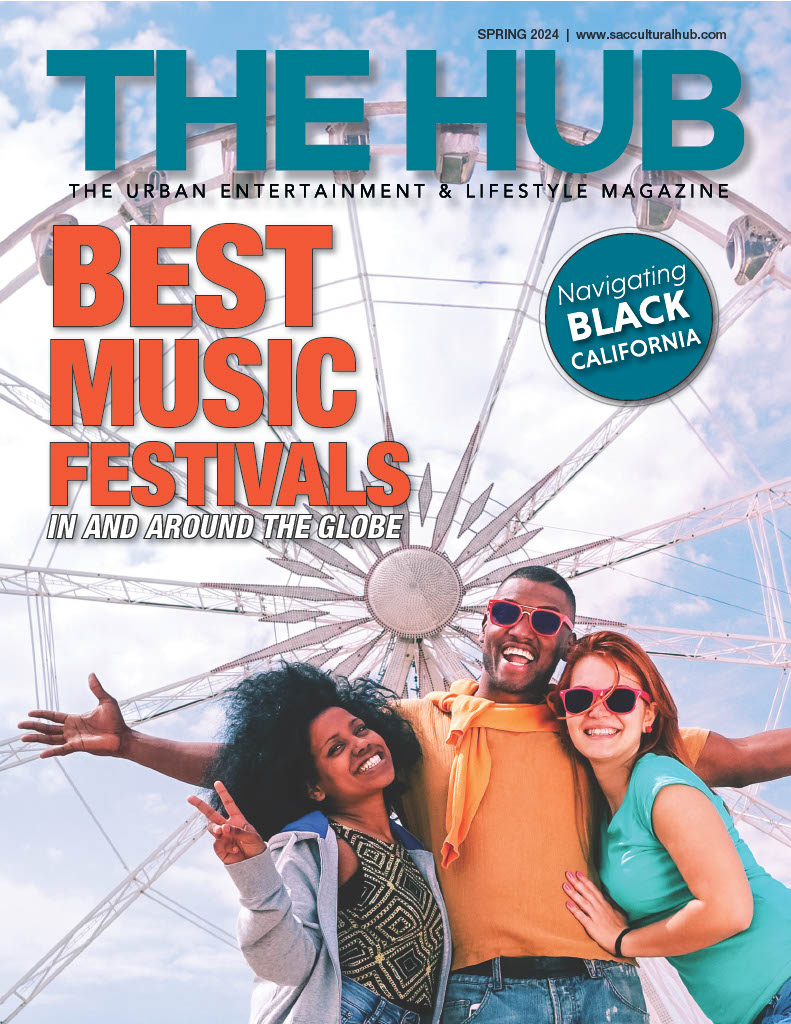By John Coté, San Francisco Chronicle
February 1, 2015
The Bay Area is officially on the clock for what is being billed as “the biggest Super Bowl the NFL has ever celebrated.”
Super Bowl 50, the National Football League’s golden jubilee for its championship game, is set for Feb. 7, 2016, at Levi’s Stadium in Santa Clara, with a week’s work of lead-up events in San Francisco and Santa Clara, and dozens of parties stretching from Wine Country to Carmel.
With 12 months to go before kickoff of the biggest sporting event in the country — one at which the NFL is keen to showcase league history and its success — organizers have raised $40 million from corporate sponsors and laid out broad plans, including donating 25 percent of the money raised to Bay Area nonprofits helping poor children and families.
Key event details, though, are still being worked out, including the parameters and makeup of a planned Super Bowl fan village in downtown San Francisco and exactly how tens of thousands of people are going to be transported the roughly 43 miles from San Francisco to the 49ers’ new stadium for the game.
Learning from Arizona
“We’ve got some of the best minds in the Bay Area working on this together,” said Keith Bruce, president and CEO of the Super Bowl 50 Host Committee, as he took a break recently from touring Super Bowl XLIX preparations in Phoenix and the nearby suburb of Glendale. “We’re still hard at it.”
Bruce led a contingent of 17 host committee transportation and operations staffers to observe how Arizona hosted the game and related activities. A combined 40 tourism industry representatives and police and fire officials from both San Francisco and Santa Clara also made the trip.
But rather than copy how it has been done before, the host committee, formed 18 months ago, is promising to redefine the Super Bowl.
“We’re not just hosting a Super Bowl in 2016. We’re redefining it,” the host committee asserts on its website, www.sfbaysuperbowl.com. “And we’re going to do it big. Loud, proud, inclusive and authentic, just like the Bay Area itself.”
For Super Bowl 50, the league for the first time expanded its outreach on contracting opportunities for local businesses to those owned by lesbian, gay, bisexual and transgender people.
The NFL also ditched the traditional Roman numerals for the 50th Super Bowl, using “50” rather than “L,” saying it was more pleasing to the eye. Many observers, however, noted that “L” is the sports designation for “loser.”
Also expect a heavy dose of interactive technology for an event that has been held in the Bay Area only once before, in 1985 when the Super Bowl was played at Stanford Stadium.
Local officials say they are well prepared to host an event they estimate will draw 1 million people, including 5,000 journalists, to the San Francisco attractions. About 70,000 people are expected to attend the game.
‘We’re ready for it’
“It’s going to be a big week for the city, but we’re ready for it,” said Christine Falvey, a spokeswoman for San Francisco Mayor Ed Lee, pointing to other major events the city has handled, including three recent World Series.
More than 1 million people flowed into San Francisco on one weekend in October 2012 that featured Fleet Week, two Giants playoff games, an America’s Cup exhibition regatta, the Hardly Strictly Bluegrass Festival at Golden Gate Park, the Italian Heritage Parade in North Beach and a variety of other street fairs, festivals and activities.
The lead-up to the Super Bowl will include the NFL Experience — a league showcase with a replica field, locker room and other exhibits — at the Moscone Convention Center, with the fan village spilling out from there to Market Street.
Exactly what form that will take is unclear. In May 2013 the idea was to have a walkable “Super Bowl Village” from Union Square to the Ferry Building.
“Imagine Sunday Streets times 10,” was how Nathan Ballard, a spokesman for the Super Bowl bid committee, described it then in a reference to the regular weekend street closures that the city has organized since 2008 to encourage outdoor activity.
Now, Bruce said large-scale street closures on the city’s main boulevard are not on the table.
“We’re not going be shutting down 12 blocks of Market Street. That’s not part of the plan,” Bruce said. “Market Street still needs to flow.”
Details of the proposal are expected to be released in early spring.
The host committee, a privately funded entity, has also declined to disclose the financial and other contractual obligations it has with the NFL for hosting the game.
Bid documents The Chronicle reviewed in 2013, though, showed the host committee must agree to develop and operate the Super Bowl Village and provide the NFL with two free venues for league events and free Google Wi-Fi and shuttles to take media and NFL staff to and from Levi’s Stadium during Super Bowl week.
The bid’s proposal also includes adding at least 1,500 temporary seats to Levi’s Stadium and covering all game-day staff costs up to $2 million. NFL owners would be provided with free golf at Pebble Beach, a dinner cooked by French Laundry chef Thomas Keller and free use of Google’s driverless cars.
The bid includes 35,000 local hotel rooms being available and specifies that the host committee will seek a 10 percent rebate on those rooms and provide 75 percent of that money to the NFL.
Free advertising
It also includes agreements with nine news groups, including The Chronicle, to provide a combined $4.1 million in free advertising.
While San Francisco transportation, street cleaning and police services will be used in the run-up to the game, Lee expects those departments to provide services within their existing budgets. Police in Santa Clara and supporting agencies will be responsible for public safety around the stadium on game day.




